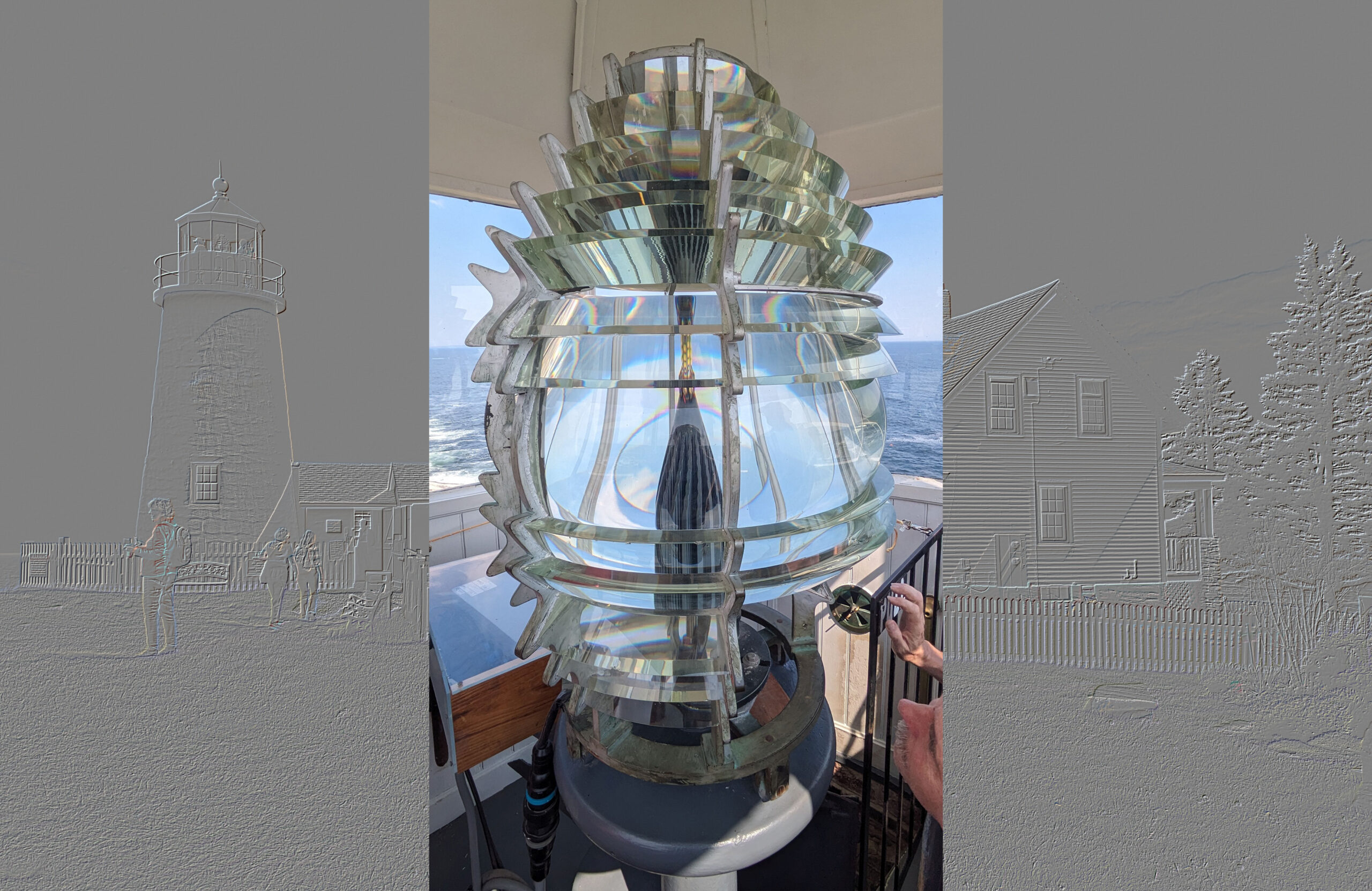
[Image above] Swedish-Kenyan mobility startup Roam aims to help electrify Africa through its electric mobility product offerings. Credit: Roam
Last Wednesday, we talked about barriers to widespread electric vehicle adoption, namely availability of public chargers and the cost of the cars themselves. Regarding the latter, California-based startup Autonomy proposed their car subscription service offers a more affordable way to drive electric.
For countries that have well-planned and extensive electric vehicle charging infrastructure, such as the United States aims to develop, an EV subscription service may work quite well. However, for countries without the necessary public infrastructure, this option is not an ideal solution for expanding access to electric transportation.
Fortunately, a Swedish-Kenyan mobility startup is developing an alternative business model for implementing electric mobility in emerging countries.
Roam was founded in 2017 under the name Opibus, before being renamed this year “to better represent our unfolding path on the [African] continent,” according to the Roam website.
The company formed out of a student project at Linköping University to identify places where electric mobility could have the largest possible impact. The Kenyan capital of Nairobi was chosen as the ideal test market and headquarters. Kenya, East Africa’s largest economy, is a country where more than 90% of domestically produced electricity comes from renewable sources, thus presenting a strong platform for clean electric mobility.
Roam initially focused on converting vehicles to electric for the safari, mining, and utility markets. Cost of conversion starts at just under $40,000 for a Toyota Land Cruiser or Land Rover, and the 10-to-14-day process involves sourcing parts from all over the world.
The company has since expanded to develop domestically produced electric alternatives to traditionally fossil-fueled vehicles, starting with electric buses and electric motorcycles.
The electric bus and motorcycle projects launched into high gear last fall when Roam announced it raised $7.5 million in pre-Series A round funding to advance both projects.
In January 2022, Roam started piloting its all-electric bus—the first ever designed and developed in Africa—in preparation for commercial launch of the buses later this year. Ten buses will be tested at scale during this initial commercial deployment period, with the goal to extend electric bus services across Africa by the end of 2023. Along with bus deployment, several charging points will be installed around Nairobi using Roam’s existing range of products.

Credit: Roam, YouTube
While the electric bus project addresses needs in the public transportation industry, the electric motorcycle project aims to help electrify the motorcycle taxi and delivery, so called “boda-boda,” industry.
The boda-boda industry is the fastest growing form of self and casual employment in Kenya and in many other countries. Unlike cars and buses, motorcycles cost much less to buy and run, perform well on inadequate infrastructure, can carry flexible kinds of loads, can access very remote areas, and can maneuver easily through traffic and congestion.
Currently, most of the motorcycles in Kenya are imported from other countries. So, Roam’s goal with the motorcycle project is two-fold—increase domestic production of supplies while also electrifying the sector.
Roam began designing and developing the electric motorcycle in 2019. The final version of the motorcycle, called Roam Air, is now available for preorder.
Unlike the initial pilot motorcycle, which featured a single battery module, the Roam Air has room for two 3.24 kWh battery packs.* This dual module allows one battery to be in use while the other is charging. The included portable charger can be plugged into any external 110/220V AC socket.
*NOTE: The Roam Air costs $1,500 and comes with one battery; the second battery can be added on for an additional $550.
Because the Roam Air was designed with boda-boda riders in mind, its frame is engineered to accommodate a storage compartment in the tank and increased carrying capacity on the subframe (payload of 485 lbs or 220 kg). The motorcycle itself, when set up with one battery, weights 298 lbs (135 kg).
Top speed for the motorcycle is 56 mph (90 km/h), and each battery is good for up to 56 miles of range.

Credit: Roam, YouTube
To help make the Roam Air available across Africa, Roam partnered with Uber to conduct the pilot program and has now agreed to supply Uber with 3,000 of the motorcycles by the end of 2022. Roam also signed a major supply agreement with M-KOPA, a Nairobi-based connected asset financing platform, to enable credit sales of the Roam Air, thereby lowering the barrier to entry for customers through affordable payment plans.
Roam’s efforts to electrify Africa are being acknowledged globally—the company was recognized as one of TIME’s 100 Most Influential Companies of 2022.
In addition to cleaner mobility, Roam is committed to gender equality in the workplace. Their website states that of the company’s nearly 100 employees, 40% are female in all areas.
Author
Lisa McDonald
CTT Categories
- Transportation


